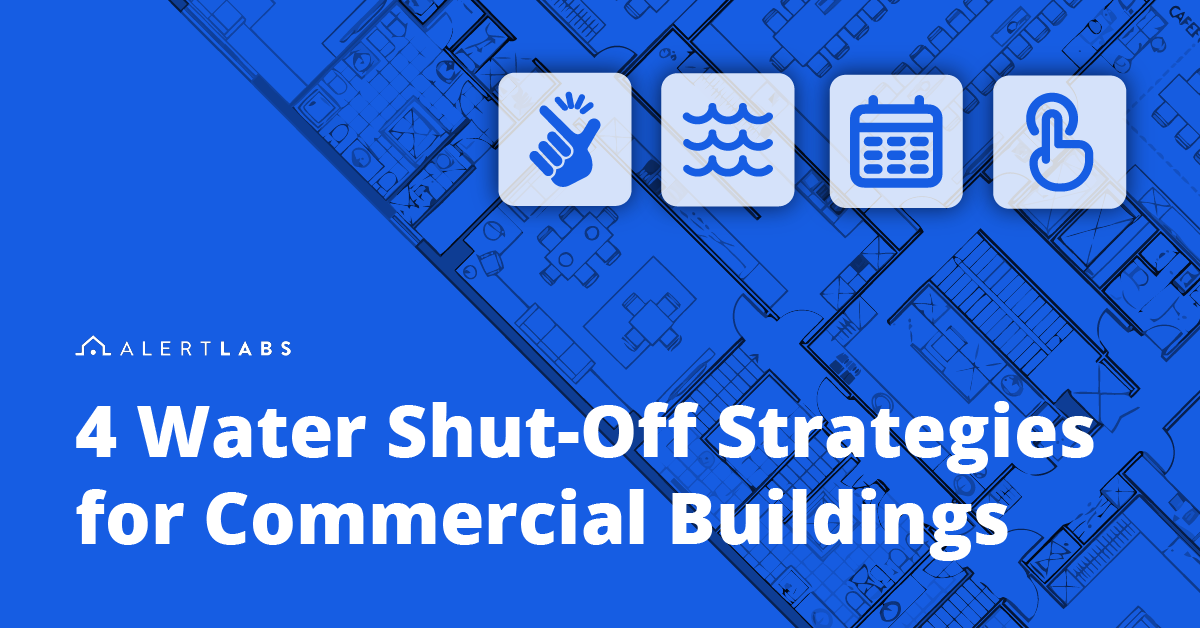How Furnace Humidifiers Work and How They Cause High Water Bills

Joining the list of plumbing fixtures and appliances that can cause high water bills is the mighty furnace humidifier. This article looks at the role they play in home comfort and how they can lead to high bills and water related damage.
Why a furnace humidifier is good to have
If the air in your home feels uncomfortable, it’s easy to first point a finger at the temperature and head over to the thermostat and make temperature adjustments. But there’s something else at play that can lead to that too-hot, too-cold, can’t-get-it-just-right home feel—and that’s your home’s humidity level.
If you live in a climate that gets colder and drier, you’ll notice a difference in your home too. Your home might feel colder, your skin dryer, and all that dry air makes it easier for yucky viruses to spread to your family.
The good news is that these problems can easily be stopped with a whole house furnace humidifier.
Furnace humidifiers vs portable humidifiers
First, know that a whole house humidifier is installed as part of your heating system and shouldn’t be confused with a portable humidifier—a device that plugs into the wall and can move from room to room. Portable humidifiers only control the humidity of and are needier than a furnace humidifier because you’ll need to remove the water and keep it clean
How a furnace humidifier works
- A whole house humidifier is installed directly in your home’s heating system’s ductwork.
- When your furnace cycles and heats your home, that air is also humidified by the whole house humidifier so that every room in your home can enjoy the perks of humidified air.
- It’s installed in your ductwork near your furnace, either on the supply or return end and connected directly to your home’s water supply.
- Inside the furnace humidifier is either a humidifier pad, a rotating drum, or a steaming system that circulates water into your home’s air, and raises the humidity in each room.
- While the humidifier is operating, water continuously runs down the humidifier pad, is collected by the rotating drum or is misted into the unit, depending on your model.
Furnace humidifier maintenance needs
Whole house furnace humidifiers require very little maintenance—less time and money for you! If your device uses a humidifier pad or filter, the media will usually need to be replaced annually. If you have a steam furnace humidifier, it will need annual cleaning.
Furnace humidifiers: what to watch out for
While you’re enjoying the perfectly humidified air from your sofa, they can contribute to some not-so-great things like high water bills and damage.
Water damage: Issues with the humidifier, such as a clogged filter or drain, can cause the device to leak water, and a leaky humidifier is often misdiagnosed by unknowing homeowners as a leaking furnace. You can detect a leak by turning off the humidifier (keep the water supply valve “on”) and see if any water is draining through the drain line at the bottom of the humidifier. If you find a leak, shut off the water supply to the furnace humidifier and contact a service pro in your area. If the float and or refill valve is broken, the leak could be wasting more than 200 gallons each day or 6,000 gallons per month. Regardless of the leak source, this could result in costly water damage to your home.
Mold: Because the inside of a furnace humidifier is a moist environment, it’s at risk for mold growth. Mold can thrive on the absorbent padding inside the humidifier or on the inner walls. If mold growth goes unchecked, your furnace could be blowing mold spores into your home. Not awesome.
High water bill: Perfectly humidified and comfortable air has a cost. In continuous bleed humidifiers, a constant stream of water is allowed to bleed from the humidifier’s reservoir and into the sewer drain. According to the Alliance for Water Efficiency, these systems can waste thousands of gallons of water each month, costing you money.
To keep your furnace humidifier in perfect moisture-generating order, be sure to check humidity levels regularly, and perform regular service either yourself or by a local heating and cooling expert.




